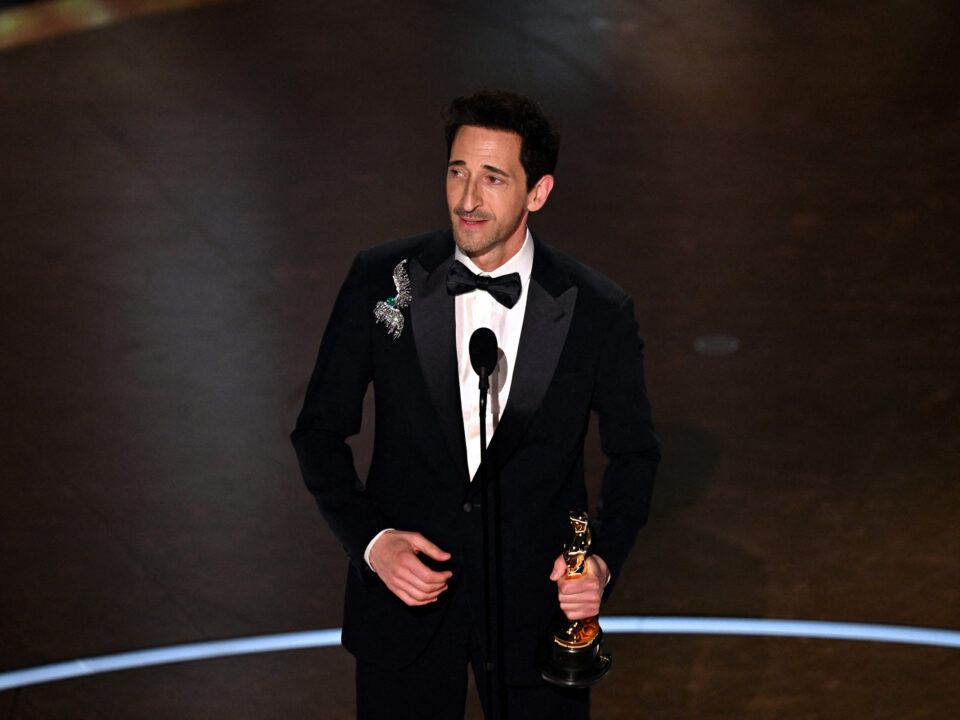An analysis of Jordan Peele’s Horror films
Halloween is over and so far, the season’s supposed hit, “Halloween Ends,” has brought a disappointing conclusion to the reawakened franchise.
Nowadays, only a few horror films exist that truly stand and deliver the essence of horror. Not the gore, number of kills, or overabundance of jump scares, but the deep reality that goes behind its stories.
Throughout the years, the horror genre has always played on real-life fears of the world. The ‘30s monster flicks were about the fear of the unknown, the ‘50s atomic age played on nuclear warfare and science went wrong, the ‘60s and ’70s had the Vietnam war, and the ‘80s had slashers during the Reagan Era.
As of today, one filmmaker has brought that essence while playing on tropes already established: Jordan Peele.
Known for the Comedy Central sketch “Key and Peele,” Peele and his partner Keegan-Michael Key jumped into film with the buddy comedy flick, “Keanu,” and from there on their careers split, with Key going into acting and Peele into screenwriting and directing.
His first horror film, “Get Out,” was a success and a milestone in the horror genre since it started to redefine black representation and narrative in the industry, he even became the first black American to win the “Best Original Screenplay” award at the 2018 Oscars.
A psychological horror story, the film focused on a young black man who visits his white girlfriend’s suburban family, only to discover that they intend to use him for a sinister experiment that relates to the missing people in the area.
It’s “Guess Who’s Coming to Dinner” with a sinister twist.
Jordan Peele plays with real-life fears and trauma in this horror tale, focusing on racial topics such as the white savior trope, black fetishism, lack of attention on missing black people, and the ignorance of “White Liberals,” as Peele describes it.
His directorial debut made good use of image, sound, and perspective to create terror, with the mind-manipulation scenes sending us alongside the protagonist into a terrifying trance.
His second film, “Us,” followed a black family going face to face with their cloned doppelgangers known as The Tethered, whose intent is to replace them.
Peele touches on the topic of privilege and duality in the United States (US), while using ‘80s horror as an influence, such as “Nightmare on Elm Street” and “The Lost Boys.”
According to his words, “For us to have our privilege, someone suffers,” and the Tethered represents that suffering, living underground in labs, mimicking actions made by them while wishing to be their person, the privilege of the protagonists.
Similar to “Get Out,” Peele uses sound and image to portray the disturbing mimicry of the Tethered, he uses shadow and light to convey the duality of the protagonist and antagonist alike.
Although he wasn’t the director of the film, he wrote and produced “Candyman,” a sequel to the 1992 film of the same name.
The story that Peele created for the title character not only reintroduced the audience to “Candyman,” but also reinvented the black horror icon. No longer is it a malevolent spirit of vengeance, but a collective entity born from the violence and hatred committed against black communities across America, a beehive of voices shouting for retribution.
“Candyman is how we deal with the fact that these things are still happening,” are the spoken words of Coleman Domingo’s character when he explains the origin of the character.
When it comes to horror icons, such as Jason Voorhees, Michael Myers, and Freddy Krueger, very little is brought to the table with all reboots and remakes of the characters.
On the other hand, Peele was able to reimagine the legend of the Candyman beyond a slasher and into a greater type of terror, one that evokes the trauma and unjust deaths of many black Americans, something that still goes on to this day.
This year, Peele released his most ambitious film, “Nope,” a sci-fi horror story about two siblings capturing evidence of a UFO over their horse ranch.
From the cinematography to the plot and the special effects, this was his most creatively outstanding film to date.
One could tell that Stephen Spielberg was the influence of the film, given its scenes emulate those of “Jaws” and “Jurassic Park.”
It’s a monster film, where the flying saucer isn’t a vehicle, but the monster itself. Its evolved appearance is a nod to the bizarre angels of the anime, “Neon Genesis Evangelion.”
Overall, the whole visuals of the film are the symbol of its theme: the need for a bigger spectacle.
Peele critiques this through the Gordy’s Home subplot and its comparison to the alien. It points out the fallacies of how people always want the next big thing, regardless of how dangerous “it” can be.
Just like the shark and the Dinosaurs from Spielberg’s films, Peele pays a nod to the terror they created in their eras with his monster. Although it received mixed reviews, it certainly nailed his artistic intention and message.
Sound best describes the horror portrayed, as the alien hovers around, carrying its victims while they scream in fear. The same with Gordy, you don’t see the chimpanzee mauling people, but you hear the whimpers and punches.
It’s the fear of the unknown, of what is not seen.
Overall, Jordan Peele and his company, Monkeypaw Productions, have not only reintroduced old tropes through different narratives, but also redefined the representation of black people in the film industry and the horror genre.
Every horror fan knows about how minority characters get killed earlier than the white protagonists, or how they side with characters with little to no development, only serving as filler to the plot.
Now, they’ve become the protagonist and the narrative in the genre, touching on their respective fears in a truly frightening parallel to reality. This is what horror is about, and Jordan Peele gets it.


